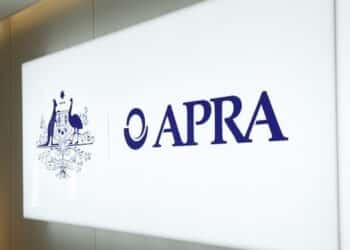While the consensus view of a benign slowdown and disinflation might be supportive for financial assets, GSFM has warned of numerous other variables that need to be taken into account on the narrow path to a Goldilocks situation.
Speaking at a media briefing last week, market strategist Stephen Miller outlined the case for a “multi-pronged fork in the road” over a forecast of a smooth and slow ride.
Alongside risks of sticky inflation and an unexpected recession, he noted other structural factors that are at inflection points – such as higher neutral interest rates because of a big US budget deficit, the need for investment in climate change, emboldened regulators, and growing protectionism, the last of which Mr Miller argued is “one of the few things that Donald Trump and Joe Biden agree on”.
He continued: “There’s these emergent mega forces: there’s obviously climate, there’s cyber security, there’s AI. There’s even mundane ones like a housing shortage in Australia or how health systems cope with an ageing population.
“So, there’s all these things that are out there. Some of them are known unknowns, but there are unknown unknowns.”
Moreover, it is all taking place at a time of elevated geopolitical risk, he said.
“We’ve got a US presidential election; in fact, we’ve got a whole series of national elections this year. We’ve got the Russia-Ukraine conflict. We’ve got what’s happening in the Middle East, [in the] China-Taiwan and Korean peninsula … So, yes, I can understand why we’ve arrived at Goldilocks as a consensus view but I do suspect it’s insufficiently nuanced,” Mr Miller explained.
The market strategist pointed out that disinflation is a “disjointed process” and historically, the last mile before reaching the inflation target has been “very, very challenging”.
Alternately, recession risk, while on the other side of the risk continuum, is probably non-trivial, he argued.
“Much of the resilience in the US last year may have reflected a fiscal ‘sugar hit’ as the US budget deficit grew to 7 per cent of GDP despite the economy hovering at full employment. That may well abate this year, perhaps occasioning a sharper-than-anticipated growth slowdown,” Mr Miller said.
Last week, the Australian sovereign wealth fund also downplayed the possibility of a so-called Goldilocks scenario in which economic growth is neither too hot nor too cold and inflation gradually moderates.
In a quarterly portfolio update, Future Fund chair Peter Costello said the Australian and global economies had slowed with new challenges emerging for long-term drivers of growth.
“We are yet to see the full impact of higher rates work their way through developed economies and continue to see the risk of a recession in developed economies as central banks remain vigilant in bringing inflation down,” he warned.
“Share markets were surprisingly strong through the second half of the financial year as they appeared to be pricing in a ‘Goldilocks’ scenario. Whilst this would be a welcome outcome, we see risks on the downside.”







